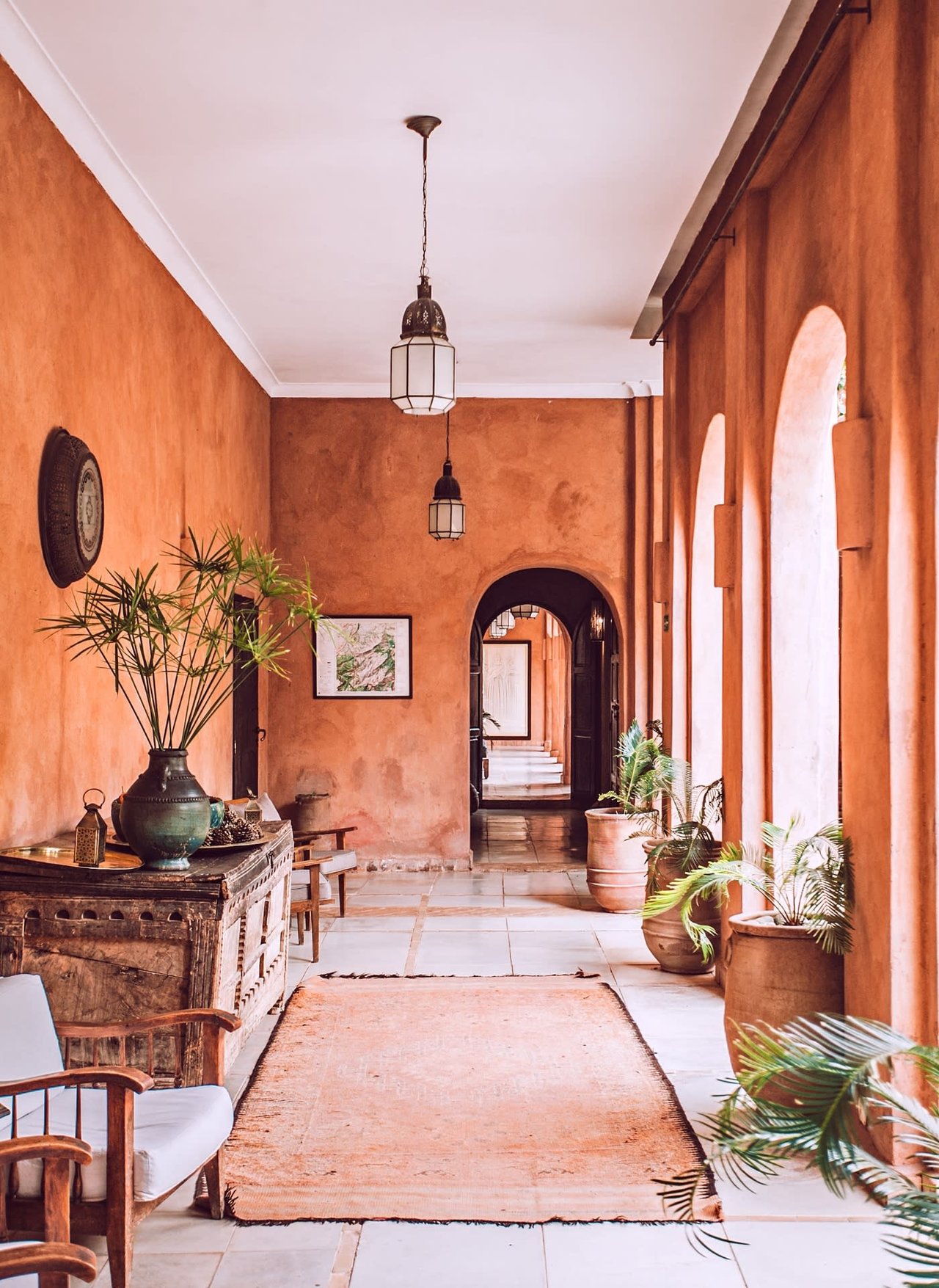Architecture is a reflection of cultural, technological, and historical influences, and residential homes are no exception. Over the years, architectural styles have evolved, showcasing a diverse array of designs that cater to varying tastes and preferences. This blog explores the evolution of architectural styles in residential homes, highlights popular styles, and examines current trends in home design.
Introduction to Architectural Styles
Architectural styles in residential homes are defined by distinctive features, materials, and design philosophies. These styles not only shape the aesthetic appeal of homes but also reflect the social and cultural values of their time. Understanding the evolution of these styles provides insight into the history and diversity of residential architecture.
Overview of Popular Styles
1. Victorian: Emerging in the mid-to-late 19th century, Victorian architecture is characterized by ornate detailing, steeply pitched roofs, and asymmetrical facades. This style often features decorative trim, vibrant colors, and intricate woodwork.
2. Modern: Modern architecture, which gained prominence in the early 20th century, emphasizes simplicity, functionality, and the use of new materials like steel and glass. Clean lines, open floor plans, and minimal ornamentation define this style.
3. Colonial: Colonial architecture, rooted in the early American colonies, is known for its symmetrical design, gabled roofs, and brick or wood exteriors. This style often includes evenly spaced windows and a central front door.
How Styles Have Evolved Over Time
Architectural styles have evolved in response to changes in technology, materials, and societal needs. For example, the Industrial Revolution introduced new construction techniques and materials, leading to the rise of modern architecture. Similarly, the post-war era saw the emergence of mid-century modern design, characterized by open spaces and integration with nature.
Current Trends in Residential Architecture
Today's residential architecture embraces a blend of traditional and contemporary elements, reflecting the diverse preferences of homeowners. Some current trends include:
- Sustainable Design: Eco-friendly materials and energy-efficient features are increasingly incorporated into home designs, reflecting a growing emphasis on sustainability.
- Open Floor Plans: Modern homes often feature open layouts that promote connectivity and flexibility in living spaces.
- Smart Home Technology: Integration of smart home systems and automation is becoming a standard feature in new residential designs.
- Minimalism: A focus on simplicity and functionality continues to influence contemporary home design, with an emphasis on clean lines and uncluttered spaces.
Conclusion: Appreciating the Diversity of Home Designs
The evolution of architectural styles in residential homes showcases the rich tapestry of design influences that have shaped our living spaces. From the ornate details of Victorian homes to the sleek lines of modern architecture, each style offers a unique perspective on form and function. As current trends continue to evolve, the diversity of home designs will expand, offering endless possibilities for homeowners to express their individuality and values. By appreciating the history and innovation behind these styles, we can better understand and celebrate the architectural heritage that defines our communities.
